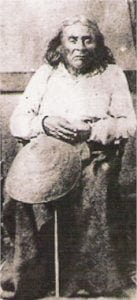Quinaielt Tribe
Quinaielt Indians. A Salish tribe on Quinaielt river, Washington and along the coast between the Quileute and the Quaitso on the north (the latter of which probably formed a part of the tribe), and the Chehalis on the south. Lewis and Clark described them in two divisions, the Calasthocle and the Quiniilt, with 100 and 1,000 population, respectively. In 1909 they numbered 156, under the Puyallup school superintendency. For Further Study The following articles and manuscripts will shed additional light on the Quinaielt as both an ethnological study, and as a people. For their treaty with the United States, see … Read more


